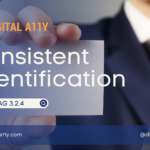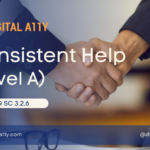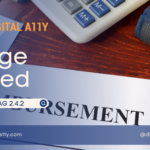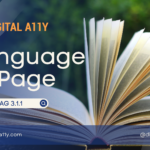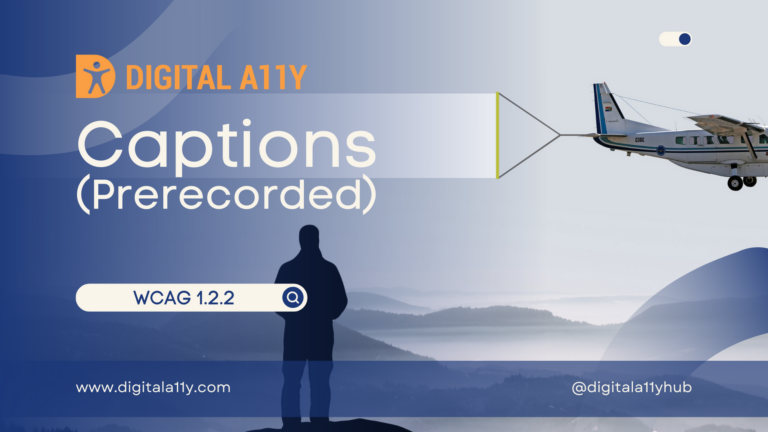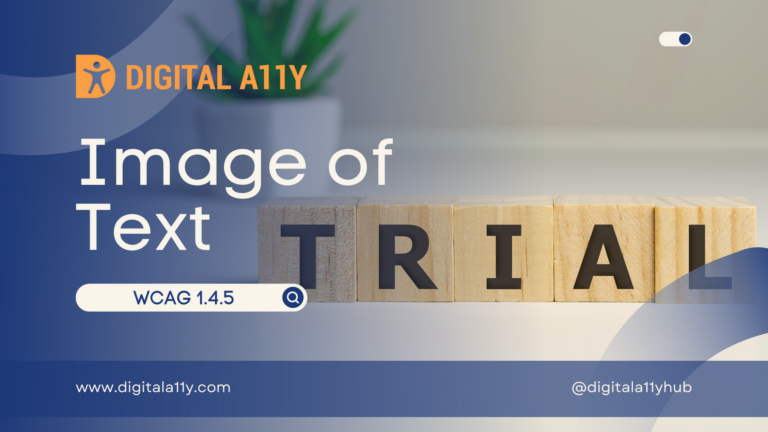Understanding WCAG SC 3.1.2 Language of Parts

3.1.2 Language of Parts: The human language of each passage or phrase in the content can be programmatically determined except for proper names, technical terms, words of indeterminate language, and words or phrases that have become part of the vernacular of the immediately surrounding text. (Level AA).
This success criterion requires that the contents written in multiple languages on the same web page has the human language defined in a programmatically determinable way. In other words, where the default language of the page is, say English but the page has phrases, sentences, paragraphs or passages from any other language, then the secondary language of such texts must be programmatically determined.
